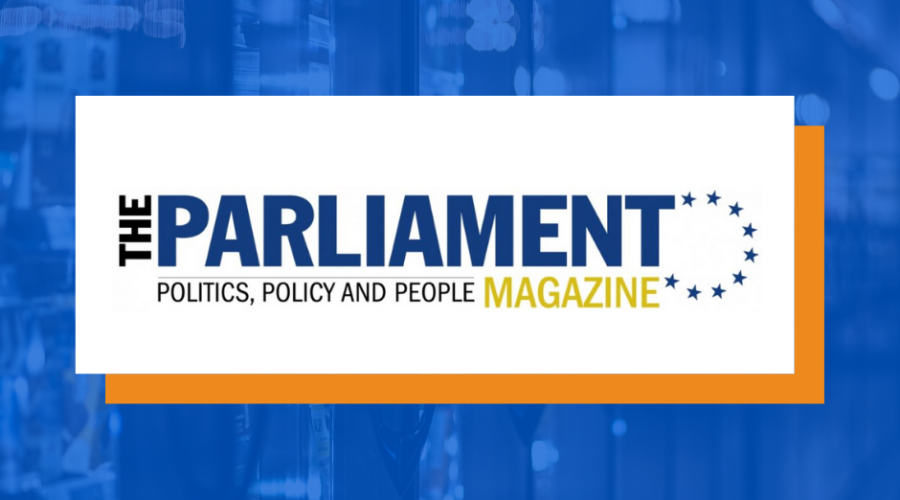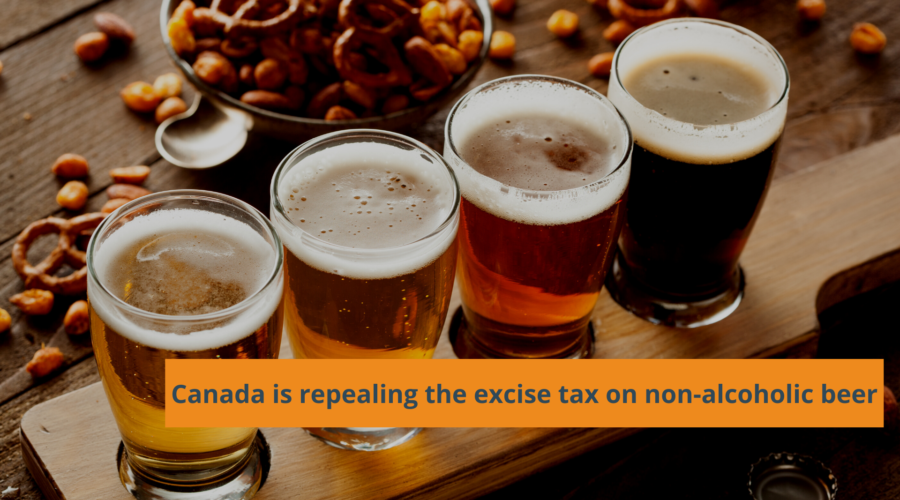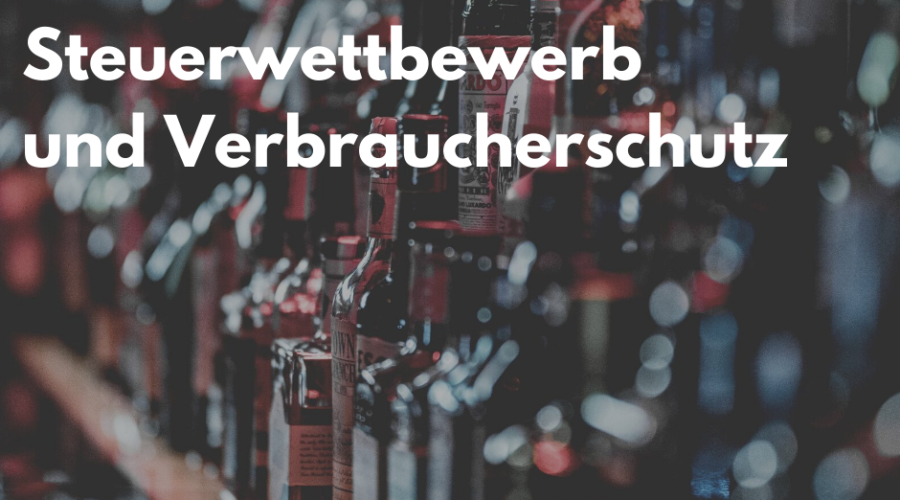Ireland’s unilateral decision on mandatory alcohol labels sets a bad precedent for the EU’s Single Market
Minor wine and beer companies operate with thin profit margins and cannot afford the extra costs of complying with Irish rules on the one hand while maintaining their foothold in the European industry on the other, writes Emil Panzaru
The European Commission’s passive reaction to upcoming Irish alcohol labels is a sobering development for the future of the European Union. In July last year, the Republic of Irelandsubmitted a draft law called Public Health (Alcohol) Labelling Regulations 2022 to the Commission for approval. The new draft follows Section 12 of the 2018 Public Health (Alcohol) Act. It adds mandatory health wrapping on all drinks, cautioning consumers about the health dangers of alcohol, such as cancer, liver disease, and fetal alcoholic disorders. The Commission has given the proposal its green light in the most surprising way possible. It has done so by failing to comment on the text despite objections from Italy, France, and Spain, the EU’s biggest alcohol producers, and no less than five other member states.
Set aside the fact that people often don’t pay attention to packaging, so the policy will likely be ineffective. Allowing Ireland to change trade rules unilaterally throws a spanner into the usual Single European Act mechanisms that are supposed to operate at an EU-wide level.
This interruption of the Single Market represents a blow to an already fragile agricultural sector. The European Union claims to support small and medium-sized businesses in its single-market strategy. Yet, unlike multinationals, minor wine and beer companies operate with thin profit margins and cannot afford the extra costs of complying with Irish rules on the one hand while maintaining their foothold in the European industry on the other. Artisanal producers from Italy or Spain will have to exit the Irish market altogether. When the bloc is barely recovering from the higher food and beverage prices due to Russia’s invasion of Ukraine, any further disruption would be a self-inflicted wound.
In the long-term, the ruling creates a dangerous political and legal opt-out that countries besides Ireland may find fitting to exploit. Nothing will stop other member states from one-sidedly amending trade rules whenever doing so suits domestic politics and objectives. As Europe’s agricultural powerhouse (accounting for 18% of all produce), France may decide that its champagne is not just special because of the designated place of its origin. Indeed, champagne could enjoy a unique position on the market and be bought and sold strictly with French packaging under French rules. Of course, countries will find ways to apply the same logic to non-agricultural items, too (like electric vehicles). Each state stands to gain from interventions, restrictions, and demands for special treatment, but the outcome would make everyone collectively poorer.
To prevent this scenario, the European Commission should uphold and ensure the harmonization of Single Market rules. At the very least, it must stop being quiet when real objections need answers. Instead, the Commission’s Department for Growth ought to respect provision 138 from the rules and procedures for the European Parliament, allow MEPs to submit 20 questions on the matter, and answer their queries within three months.
At best, the Commission must stand firm on its legal and political principles. Article 41 of 1169/2011 EU food labeling regulation only allows for national measures regarding the listing of ingredients and packaging when there are no existing EU regulations. Ireland must, therefore, refrain from pursuing a campaign that overwrites regulation 2019/787 and code 1308/2013 of EU law. Of course, Ireland can pursue other strategies compatible with EU law to achieve its objectives. For instance, the Taoiseach’s office could launch a nationwide educational campaign on alcohol or revise the country’s health guidelines.
We all want people to lead happier, healthier lives. But we should not let the Union’s grandest achievement, the free movement of free people, goods, services, and capital, be squandered.
Originally published here








